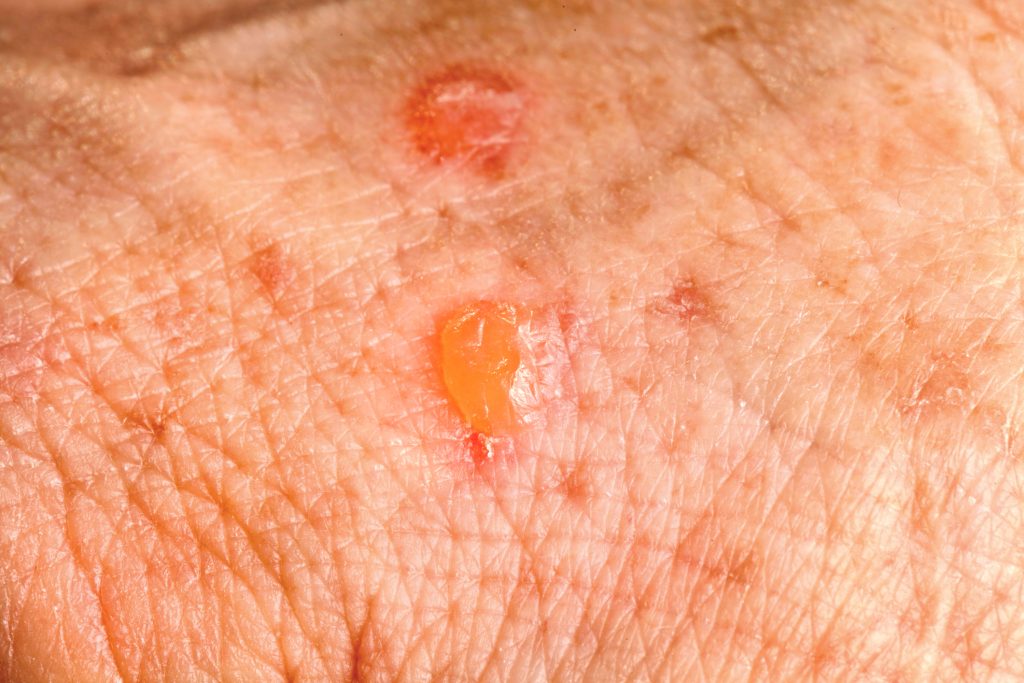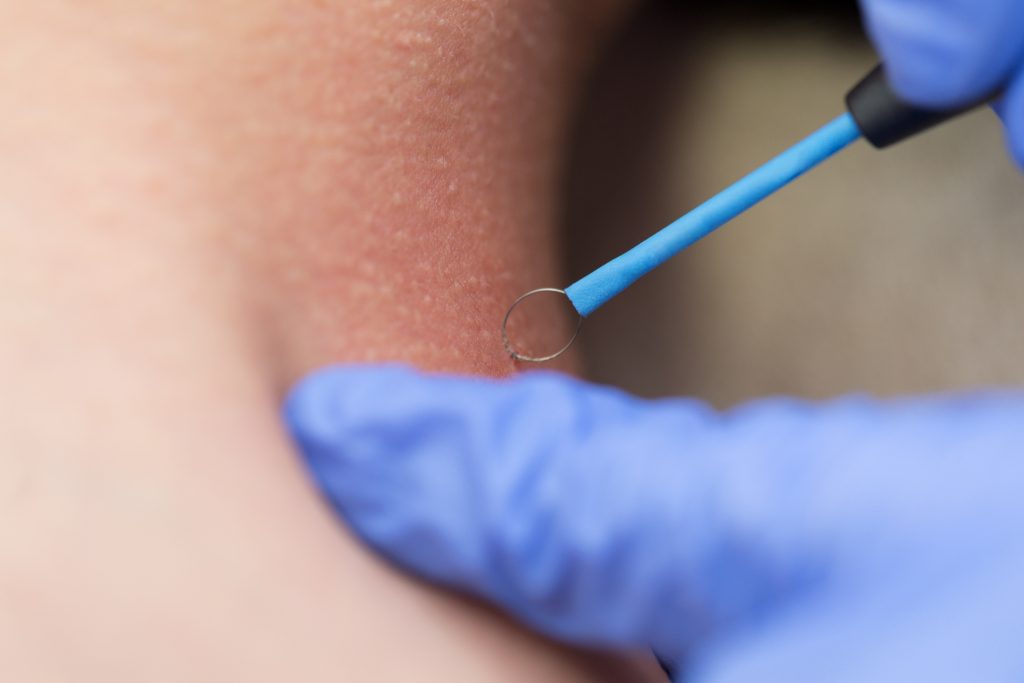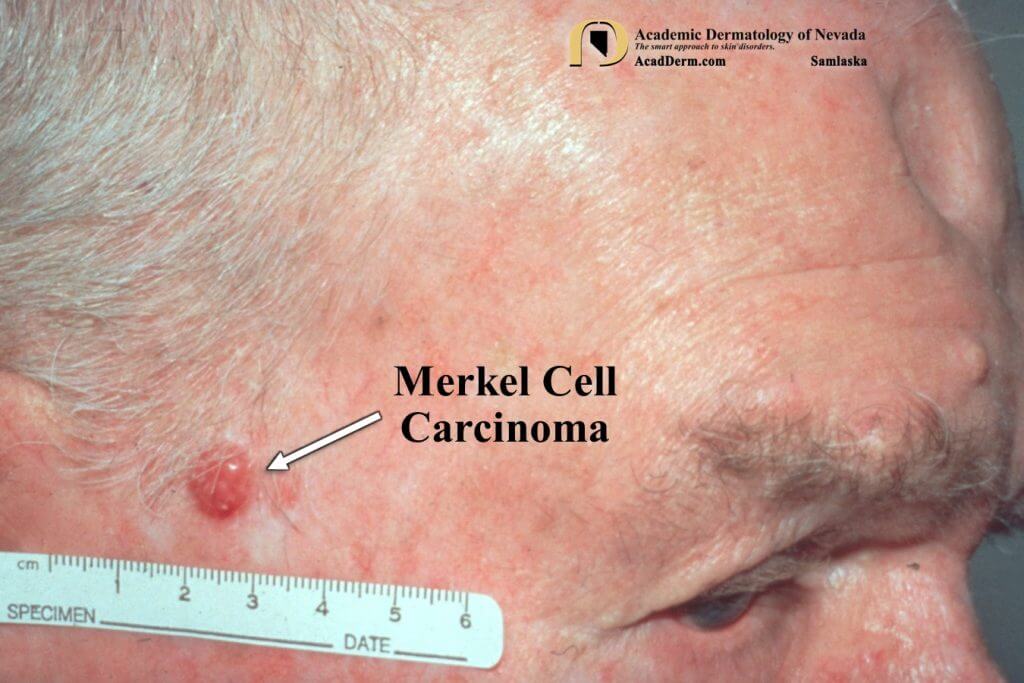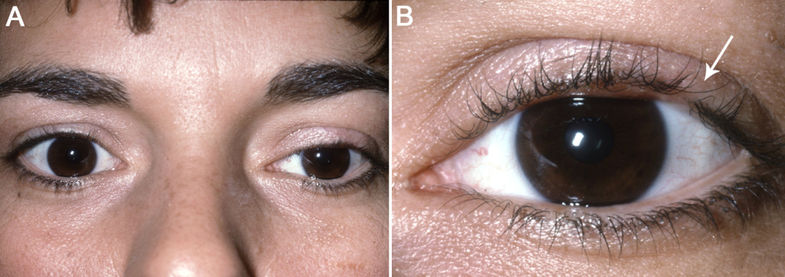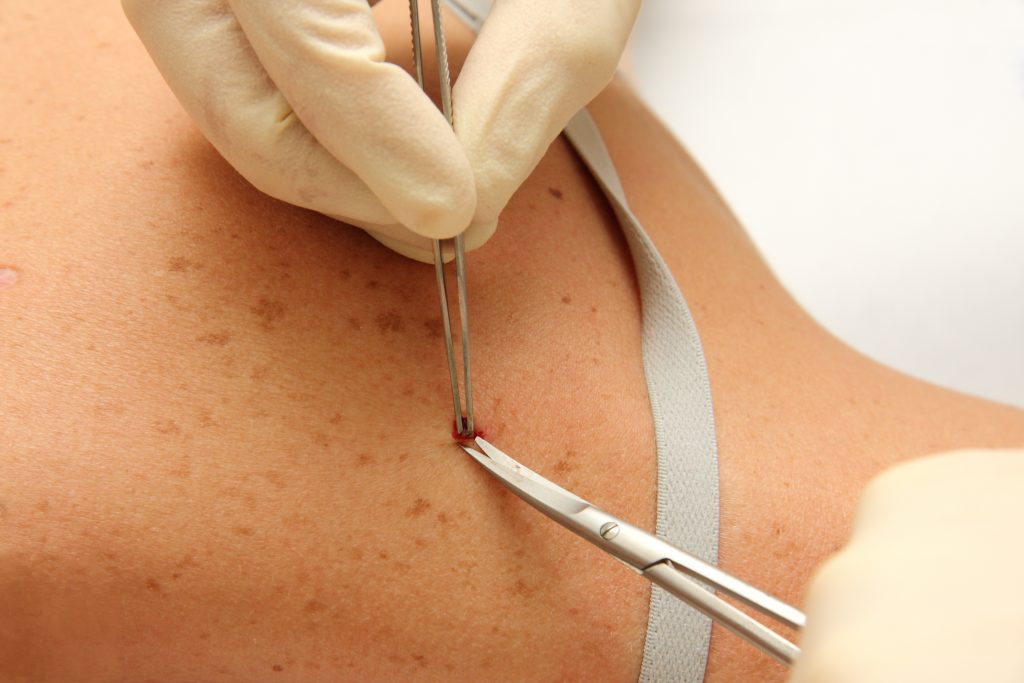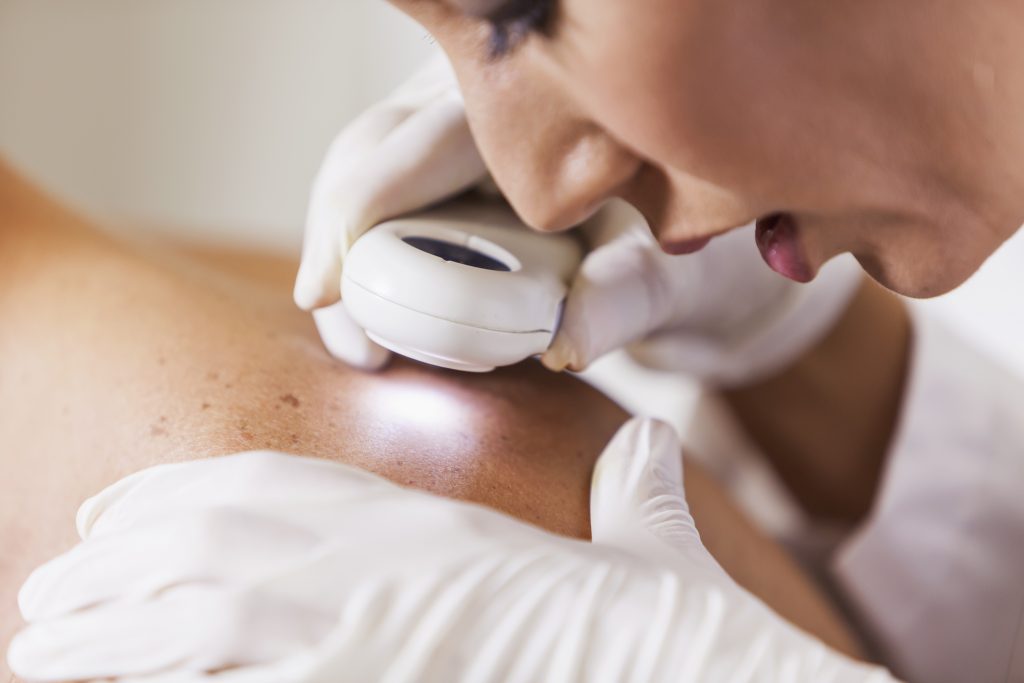Mohs and Plastic Surgery in Peoria
U.S. Dermatology Partners Peoria on Thunderbird

We are located on the Northeast section of Thunderbird and 91st Ave
Get Directions|
Monday: |
7:30AM - 5:00PM |
|
Tuesday: |
7:30AM - 5:00PM |
|
Wednesday: |
7:30AM - 5:00PM |
|
Thursday: |
7:30AM - 5:00PM |
|
Friday: |
7:30AM - 5:00PM |
|
Saturday: |
Closed |
|
Sunday: |
Closed |
About Our Mohs and Plastic Surgery Office in Peoria
Welcome to U.S. Dermatology Partners Peoria on Thunderbird, your premier destination for advanced dermatological care, specializing in Mohs Micrographic Reconstructive Surgery and Plastic Surgery in Peoria, Arizona. Our state-of-the-art facility is conveniently situated in the vibrant community of Peoria, Arizona, where we are dedicated to providing comprehensive skin cancer treatment and facial plastic surgery services.
Our team of highly skilled and experienced medical professionals is led by Dr. Deborah Zell, Dr. James Foshee, and Dr. Iviensan “Ivie” Manalo, who are all experts in the field of dermatology and skin cancer treatment. We are also proud to have Dr. Sam DeVictor, a renowned facial plastic surgeon, as a part of our team.
At U.S. Dermatology Partners Peoria on Thunderbird, we offer a range of specialized services, including:
- Mohs Micrographic Reconstructive Surgery: Our focus on Mohs surgery allows us to provide precise and effective treatment for skin cancer, ensuring the highest possible cure rates while preserving healthy tissue.
- Facial Plastic Surgery: Dr. Sam DeVictor specializes in facial plastic surgery procedures, helping patients achieve their aesthetic goals with expertise and skill.
- Surgery Closures: We offer surgical closure services to ensure optimal healing and cosmetic outcomes following procedures.
Our commitment to patient care transcends medical expertise. We take great pride in cultivating a warm and inviting environment that will make you feel completely at ease and confident throughout your treatment journey. Your health and well-being are our utmost priorities.
Whether you require Mohs Micrographic Reconstructive Surgery, facial plastic surgery, or surgical closures, you can place your trust in our dedicated team to provide you with the highest level of care and attention. We eagerly anticipate the opportunity to serve you at U.S. Dermatology Partners Peoria on Thunderbird and assist you in achieving the best possible outcomes for your skin health and appearance.
Accepted Insurance Plans
- Aetna
- Americas Choice Provider Network (ACPN)
- Arizona Foundation for Medical Care (AFMC)
- Banner Health
- Blue Cross Blue Shield (BCBS)
- Cigna
- GEHA
- Golden Rule
- Great West
- Health Net Federal Services (HNFS)
- Health Smart
- Humana
- Medicare
- Meritain Health
- Multiplan
- Optum Accountable Care
- Private Healthcare Systems (PHCS)
- Railroad Medicare
- Three Rivers Provider Network (TRPN)
- TriWest Healthcare Alliance (TriWest)
- Tricare
- United Healthcare (UHC)






